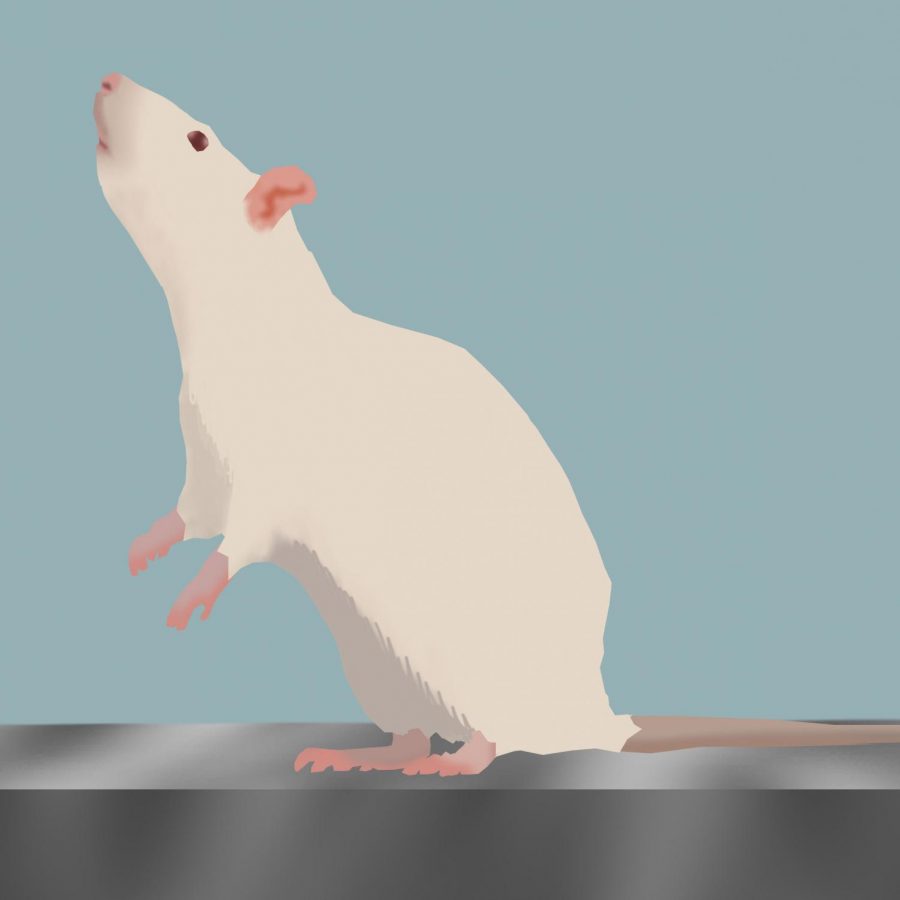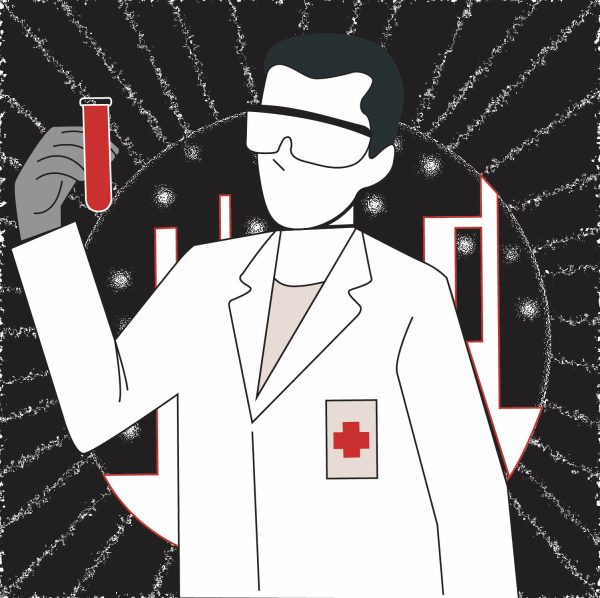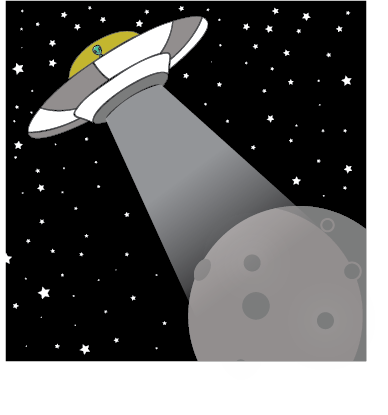Animal Testing; The Rights, Reasoning, and Regulations
EXPERIMENTATION: Animal testing has been around for hundreds of years, but its ethicality has come into question more recently. Ultimately, the future of experimentation entirely depends on the decisions and changes we make now,.
June 19, 2019
Though it has not always been a controversial topic, animal testing is slowly making its way to being one of the more well-known issues out there. Few people appear to have a neutral opinion about it, which is odd considering both sides have a lot of valid arguments.
Let us start off with a bit of history on the issue. According to Animal Testing ProCon, there has been documentation of experimentation on animals since 500 B.C. However, opposition to animal testing started around the mid-1960s. In 1966, the Animal Welfare Act was passed in an attempt to regulate animal testing in the U.S. I was surprised to find out that the AWA excludes birds, rats and mice bred for research, farm animals (that are used for other purposes), and cold-blooded animals. The AWA also requires each research facility to have an internal Institutional American Committee, better known as an Institutional Animal Care and Use Committee. The committee has to have at least three members, and one of those people has to be a veterinarian while another has to be unaffiliated with the institute. Overall, AWA does not regulate actual experiments; it just supervises the housing and transportation of the animals used in research. Each year, the USDA and APHIS record the number of animals used for experimentation. They separate their data into three sections based on pain type. The first section is comprised of animals that were in pain but were given drugs to alleviate the pain, the second section had animals that were in pain but not given drugs, and the third section included animals that were not in pain and were not given any drugs. But there is no way to be sure that the numbers provided to the public are accurate. Nevertheless, we have to rely on the information we are given, and it has been stated that an estimated 26 million animals are used in experiments each year in the U.S.
List Land states that many people argue that animal testing should be conducted because it prevents the loss of human lives. As freshman Andrew Matthews says, “I guess it [should be conducted] because it is dangerous for humans to [be] used for testing, so it helps.” Animal testing can be used to find medicines for humans, and it has allowed for quite a few scientific advances. Like senior Leandros Watson says, “[If there was never any animal testing], different medicines would kill people or never be used because of the risk.” Additionally, people often argue that there is a greater number of animals consumed than the number of animals used for experiments in a year. Freshman Carly Woodfield says, “It’s kinda true because eating and testing on animals [has the] same result, [so] I guess it’s the same.” A lot of people also claim that many scientists and medical professionals support animal testing because of its benefit to the science community. And after laws like AWA were passed, individuals began to believe enough restrictions were put in place to ensure animal testing was humane.
Meanwhile, Cruelty Free International says that animal testing is often ineffective because the animals used are an entirely different species than humans. Therefore, the results found from the experiments are always questionable and can potentially be harmful to humans. With that assumption, people also begin to believe that very few medicines are actually created because of experimentation. One Green Planet says that alternative testing is possible through three-dimensional printing and technology that simulates human functions. Plus, companies that use animals for testing out cosmetics or even to make the cosmetics can easily continue their business. Cruelty-free products can and are being made all over the world, and companies should begin to hold themselves responsible for the harm they are causing animals.
All in all, it is difficult to say what is right and what is wrong without any sort of bias. As sophomore Rosie Shen says, “I think it’s tough to say because we don’t value or put weight on certain lives like rats and flies. But we’re playing God as humans, [so] it’s really a moral question.” The topic gets even harder to address when you realize that it is not just black and white. There is a lot of gray area that people still argue over, such as the extent to which animal testing should be permitted. Sophomore Brian Guo says, “As long as the animal doesn’t suffer, testing should be allowed.” Meanwhile, junior Hunter Wray says, “I don’t think anything should be tested on.” It can be concluded that one’s ethics and morality come greatly into play in matters like this, and how our society handles issues like animal testing ultimately comes down to what the majority of the population believes.









